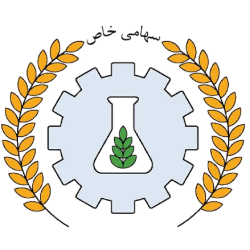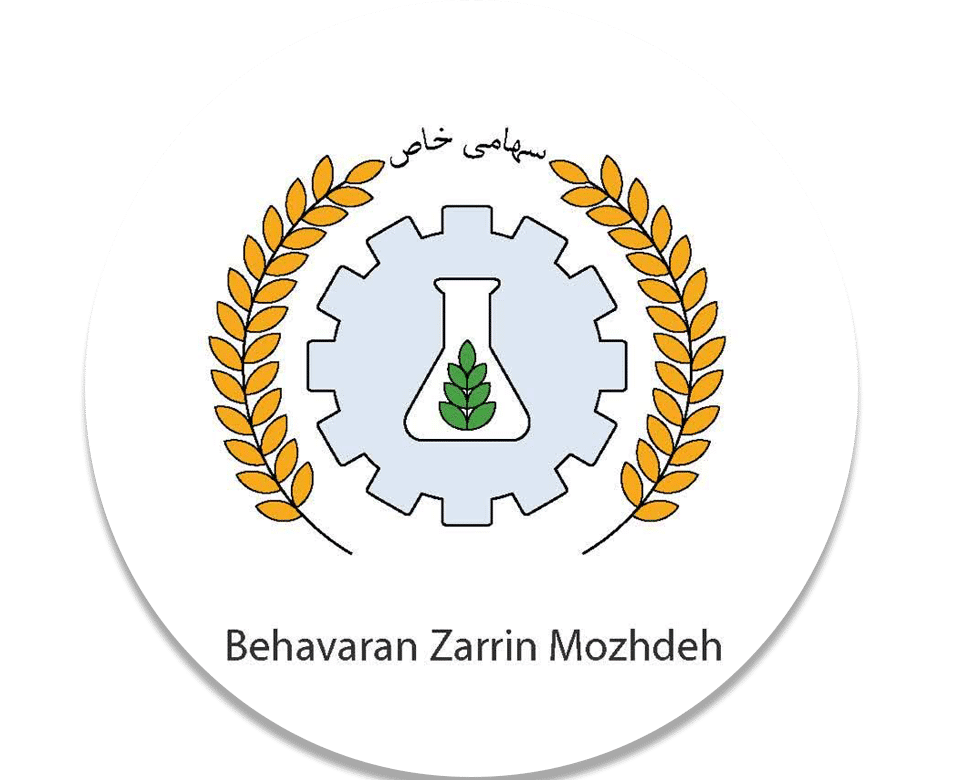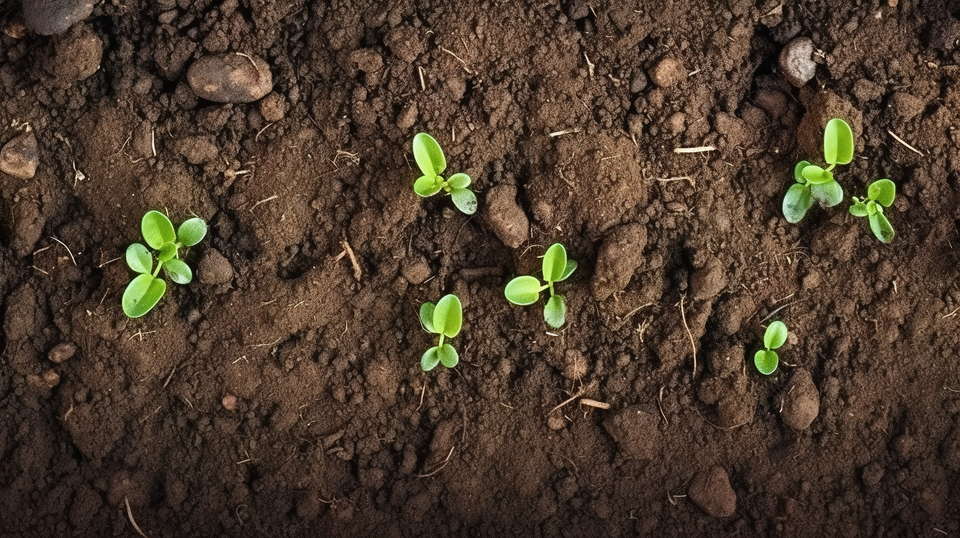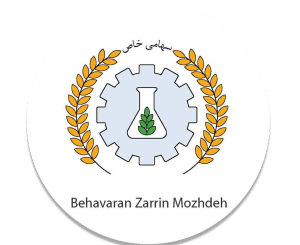Introduction of Agricultural Fertilizers
Agricultural fertilizers have been a cornerstone of farming practices for thousands of years, enhancing soil fertility and crop productivity. From ancient civilizations using organic materials like manure to modern industrial processes, the evolution of fertilizers has significantly impacted agriculture and global food production. This article explores the history and production of agricultural fertilizers.
History of Fertilizers
Early Use of Fertilizers
The earliest recorded use of fertilizers dates back about 8,000 years to early European farmers, who used animal manure to enrich their soils. This practice was a crucial step in the development of agriculture, allowing for more efficient land use and increased crop yields. Ancient civilizations such as the Egyptians, Romans, and Babylonians also employed various natural materials, including minerals and manure, to improve soil fertility.
Industrial Development
The industrial revolution marked a significant turning point in fertilizer production. In 1842, John Bennet Lawes patented a process for creating artificial manure by treating phosphates with sulfuric acid, establishing the first artificial manure industry. The late 19th and early 20th centuries saw the development of new industrial processes, including the Birkeland–Eyde process for nitrogen fixation, though it was eventually replaced by more efficient methods.
The Haber-Bosch Process
The Haber-Bosch process, developed in the early 20th century, revolutionized nitrogen fertilizer production by converting atmospheric nitrogen into ammonia using natural gas. This process became the backbone of modern fertilizer production, enabling the mass production of nitrogen-based fertilizers. The widespread adoption of the Haber-Bosch process has been instrumental in supporting global food production, with nearly half the world’s population relying on crops grown with these fertilizers.
Production of Fertilizers
Raw Materials
Fertilizers are primarily made from three key nutrients: nitrogen (N), phosphorus (P), and potassium (K). Nitrogen is obtained from the air through processes like the Haber-Bosch method. Phosphorus is extracted from phosphate rock, while potassium is derived from potash minerals.
Manufacturing Process
- Nitrogen Production: Nitrogen from the air is combined with hydrogen from natural gas to produce ammonia under high pressure and temperature.
- Phosphorus Production: Phosphate rock is treated with sulfuric acid to produce phosphoric acid, which is then mixed with ammonia to create phosphate fertilizers.
- Potassium Production: Potassium is extracted from potash minerals and processed into various forms like potassium chloride.
- Formulation and Granulation: The raw materials are mixed, heated, and formed into granules or pellets.
Quality Control and Packaging: The final product is tested for quality and packaged for distribution.
Impact and Future Directions
The development and widespread use of synthetic fertilizers have transformed agriculture, enabling higher crop yields and supporting a growing global population. However, this has also led to environmental concerns, such as pollution and soil degradation. As the world continues to grapple with these challenges, research into more sustainable and efficient fertilizer production methods is becoming increasingly important.
In conclusion, the history and production of agricultural fertilizers reflect a journey from ancient practices to modern industrial processes. Understanding this evolution is crucial for addressing the future challenges of sustainable agriculture and global food security.
A brief look at how basic and important fertilizers are produced
What is urea fertilizer and how is it produced?
Urea, NH2CONH2, is largely used as a fertilizer and as a non-protein feed supplement for ruminants. It is also used in the manufacture of urea-formaldehyde resins, plastics, adhesives, coatings, textile agents and ion-exchange resins.
Commercially urea is most commonly produced by reacting carbon dioxide with ammonia at 200ºC (392ºF). After reacting, urea is evaporated and processed by prilling or granulating to produce a solid end product.
Vaisala Polaris process refractometer is used for quality control.
The urea manufacturing process is a complex process that involves the production of urea from raw chemicals such as ammonia and carbon dioxide. Urea is a widely used fertiliser and industrial chemical. The process includes several steps: ammonia synthesis, carbon dioxide removal, urea synthesis, purification, and granulation. The ammonia synthesis step involves the production of ammonia.
What is potassium sulfate and how is it produced?
Potassium (K) fertilizer is commonly added to improve the yield and quality of plants growing in soils that are lacking an adequate supply of this essential nutrient. Most fertilizer K comes from ancient salt deposits located throughout the world. The word “potash” is a general term that most frequently refers to potassium chloride (KCl), but it also applies to all other K-containing fertilizers, such as potassium sulfate (K₂SO₄, commonly referred to as sulfate of potash, or SOP).
Potassium is a relatively abundant element in the Earth’s crust, and production of potash fertilizer occurs in every inhabited continent. However, K₂SO₄ is rarely found in a pure form in nature. Instead it is naturally mixed with salts containing magnesium, sodium and chloride (Mg, Na and Cl, respectively). These minerals require additional processing to separate their components. Historically, K₂SO₄ was made by reacting KCl with sulfuric acid. However, researchers later discovered that they could manipulate a number of earth minerals to produce K₂SO₄, now the most common method of production. For example, natural K-containing minerals (such as kainite and schoenite) are mined and carefully rinsed with water and salt solutions to remove byproducts and produce K₂SO₄. The mining industry uses a similar process to harvest K₂SO₄ from the Great Salt Lake in Utah and from underground mineral deposits.
what is map fertilizer and how is it produced?
Monoammonium phosphate (MAP) is a widely used source of phosphorus (P) and nitrogen (N). It’s made of two constituents common in the fertilizer industry and contains the most phosphorus of any common solid fertilizer.
MAP’s manufacturing process is relatively simple. While there are multiple methods, two common ways include:
A one-to-one ratio of ammonia (NH₃) and phosphoric acid (H₃PO₄) is reacted and the resulting slurry of MAP is solidified in a granulator
Introducing the two starting materials in a pipe-cross reactor, where the reaction generates heat to evaporate water and solidify MAP
An advantage of manufactured MAP is that lower-quality H₃PO₄ can be used compared with other P fertilizers often requiring a more pure grade of acid. The phosphorus pentoxide (P₂O₅) equivalent content of MAP varies from 48 to 61 percent, depending on the amount of impurity in the acid. The most common fertilizer composition is 11-52-0.
what is DAP fertilizer and how is it produced?
Diammonium phosphate (DAP) is the world’s most widely used phosphorus fertilizer. It’s made from two common constituents in the fertilizer industry, and its relatively high nutrient content and excellent physical properties make it a popular choice in farming and other industries.
Ammonium phosphate fertilizers first became available in the 1960s, and DAP rapidly became the most popular in this class of products. It’s formulated in a controlled reaction of phosphoric acid with ammonia, where the hot slurry is then cooled, granulated and sieved. DAP handles and stores well. The standard nutrient grade of DAP is relatively high, at 18-46-0, so fertilizer products with lower nutrient content may not be labeled DAP.



